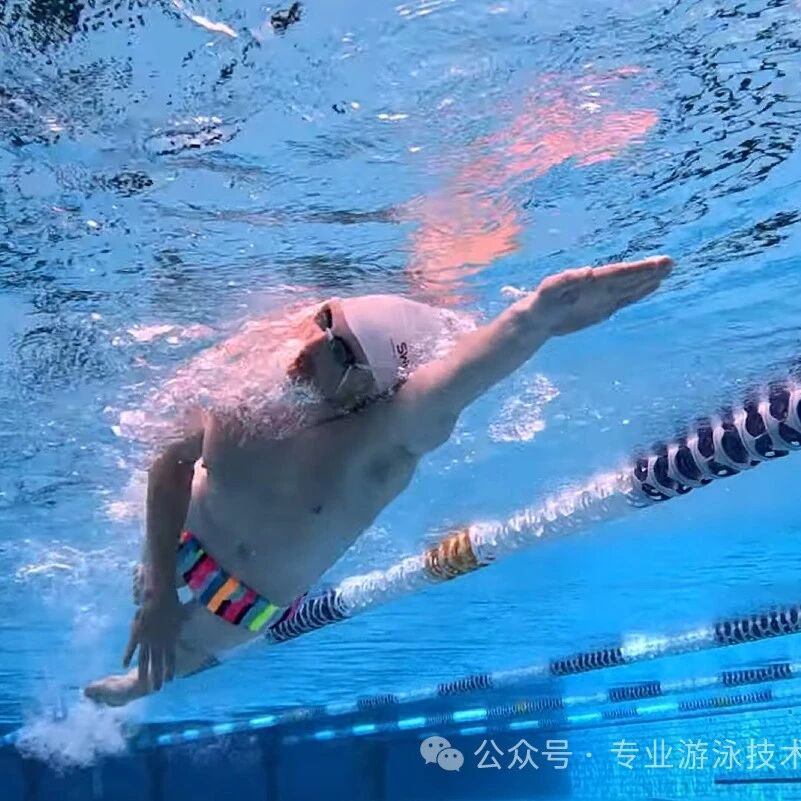Easily boost your freestyle speed—learn to "step on watermelon rinds" for effortless efficiency and freedom.
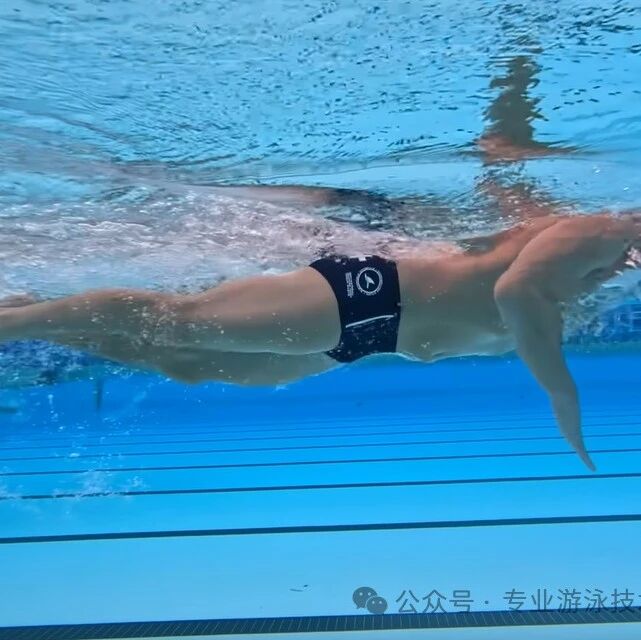
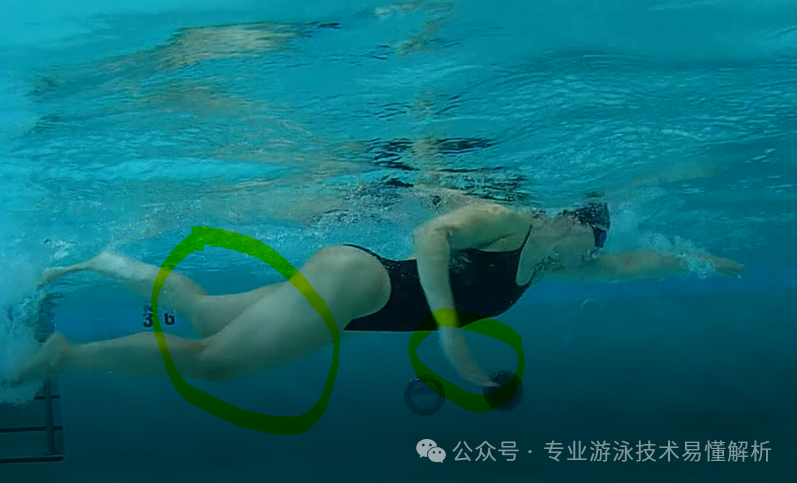
Swimming speed depends on two key factors: propulsion and drag. While enhancing propulsion is important, reducing drag is the primary focus for improving swimming speed—after all, minimizing resistance yields a more noticeable boost in pace. Therefore, once you’ve mastered the fundamentals of freestyle technique, you can enjoy swimming effortlessly without pushing yourself too hard. For instance, in a 50-meter pool, someone with a slightly heavier build typically maintains a 100-meter pace around 2 minutes and 30 seconds, while a leaner individual usually clocks in at about 2 minutes per 100 meters. However, if you add a bit more effort—like kicking off the wall without rolling—you can easily push your freestyle speed below 2 minutes for the 100-meter mark, even without relying on advanced techniques like body rotation or powerful wall kicks.
In my opinion, the best way to reduce drag in swimming is to slim down and maintain a lean, streamlined physique—after all, every sport demands a body type that complements its specific demands. For instance, elite marathon runners rarely carry excess weight, while top-tier weightlifters typically aren’t skinny. Even among swimmers, there’s a clear distinction: 100-meter sprinters and 1500-meter distance swimmers have distinctly different body shapes.
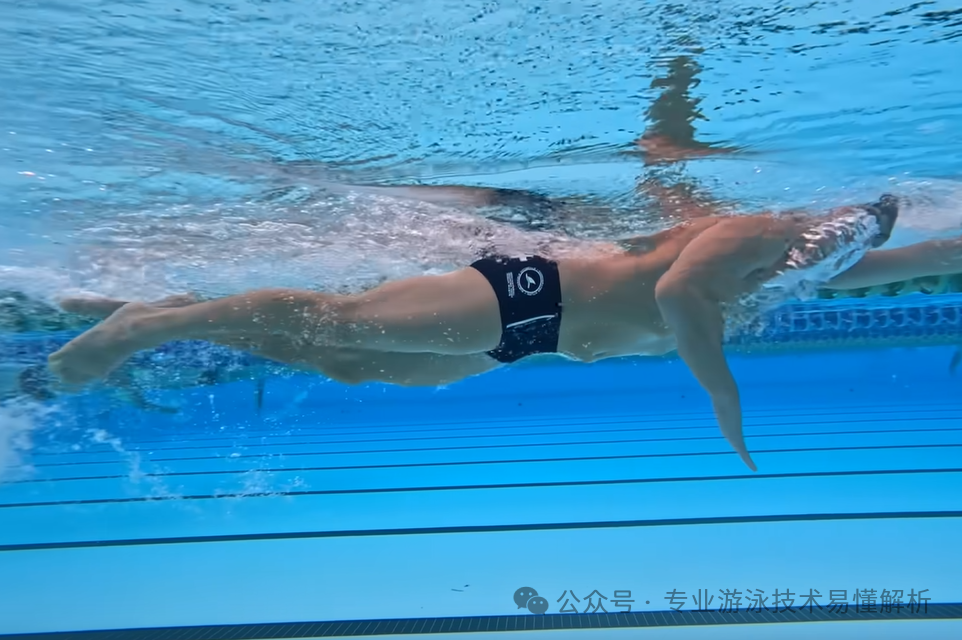
1. Master the changes in body balance during the side-to-side movement in freestyle swimming
It’s like stepping on a watermelon rind: if your entire body weight is pressed directly onto the rind, not only will you slide very little—but you might even end up stuck in place. On the other hand, if you shift your center of gravity off the slippery surface and move in the opposite direction, you’ll glide much farther.
Similarly, when performing the pull-through in freestyle, shift your body's center of gravity to the opposite side of the arm doing the push. Coordinating this weight transfer with a smooth, steady rhythm of pushing force will significantly enhance your forward propulsion. Therefore, instead of simply focusing on generating maximum backward thrust and chasing speed during the push phase, pay close attention to synchronizing your push speed with the timing and pace of your body’s weight shift—this is where the real improvement lies.
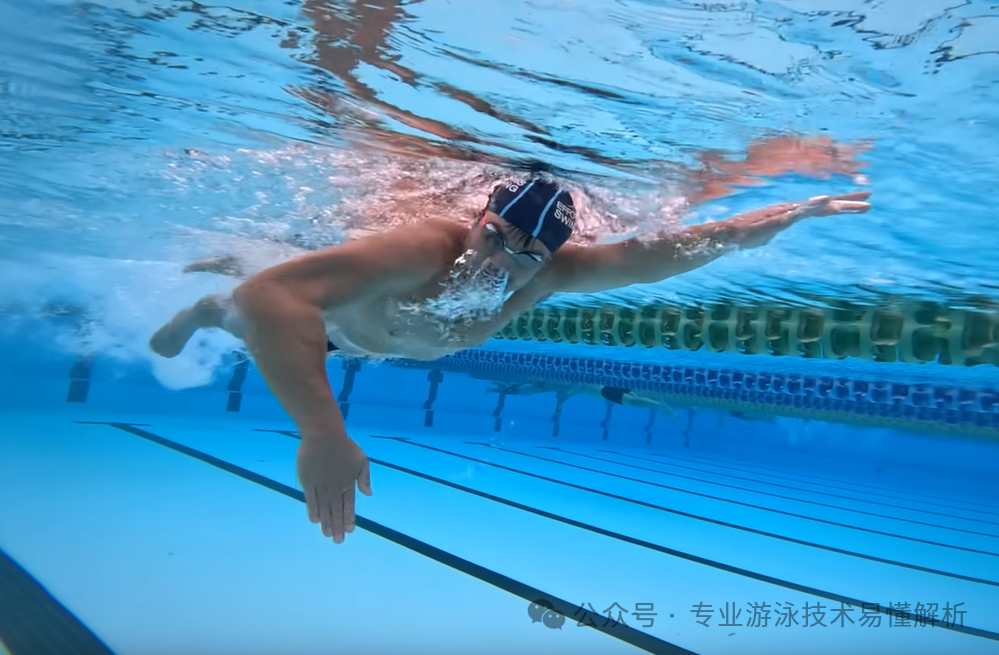
2. Enhance the continuity and symmetry of the push-off movements on both sides
It’s impossible to swim the entire target distance by pushing off the water just once or twice. To improve freestyle speed, you need to think about how you distribute your energy across the whole swim—especially when it comes to short, explosive bursts, where conserving stamina for the final third of the race is crucial. Of course, every swimmer’s physical condition varies, leading to a unique energy-decay curve that requires tailored adjustments. For long-distance swimming, most of the time is spent maintaining a steady cruising pace, ensuring you’ve got enough energy reserves both to handle unexpected challenges and to deliver a powerful finish in the last kilometer.
During daily practice, as you near the end of the left-side pull-through, focus on timing your right-side push. Pay close attention to the seamless transition between the left and right pushes, aiming for smooth, fluid movements in both strength and rhythm. If your right arm happens to have slightly stronger muscles, avoid overexerting it during the right-side push—instead, apply a bit more effort during the left-side push. This approach will help enhance overall symmetry in strength between your left and right sides.
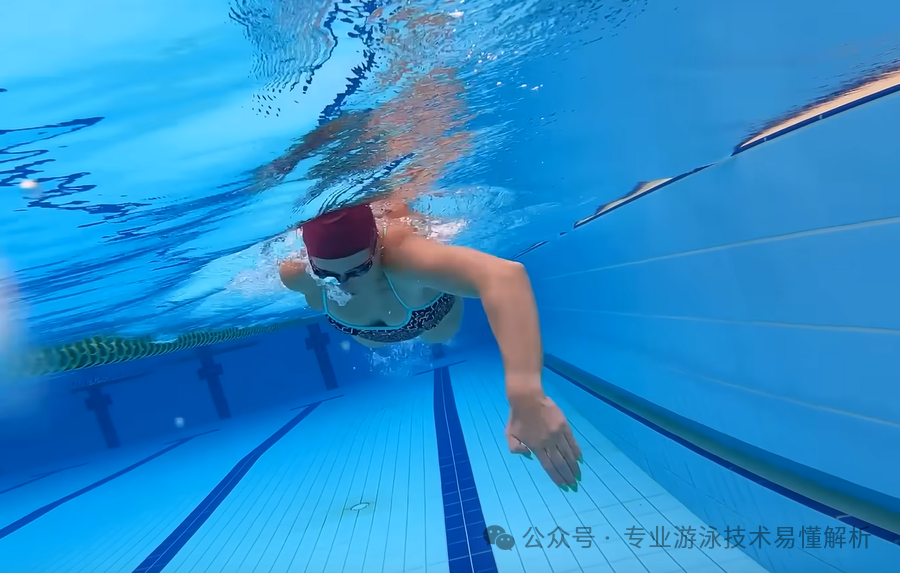
One WeChat official account shares swimming tips, while another focuses on software insights, online resources, and reading experiences.
Thank you for your supportive and encouraging likes, but we’d love even more if you could leave comments to spark conversation—and of course, feel free to share and forward as well!
Related Articles
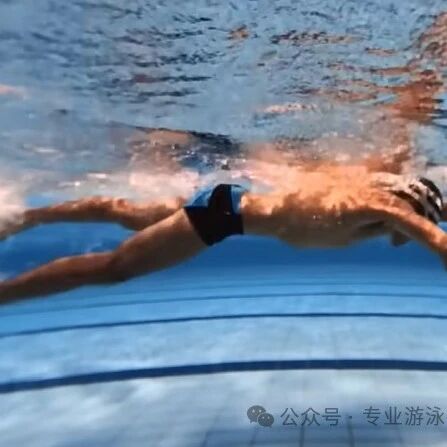
One simple trick to fix the elbow-dragging issue in the freestyle pull-through motion
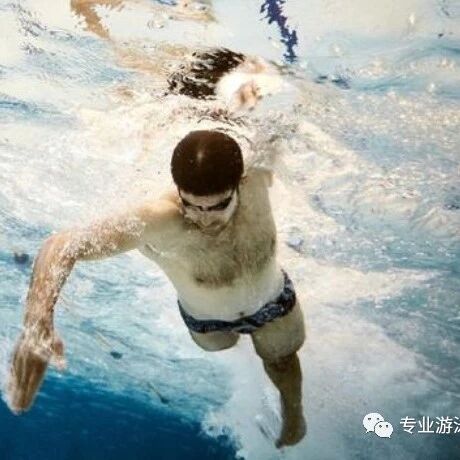
Keep your elbows high, but release the pressure as needed—don’t let high elbows turn into dragging ones, and avoid letting them become mere empty gestures.
